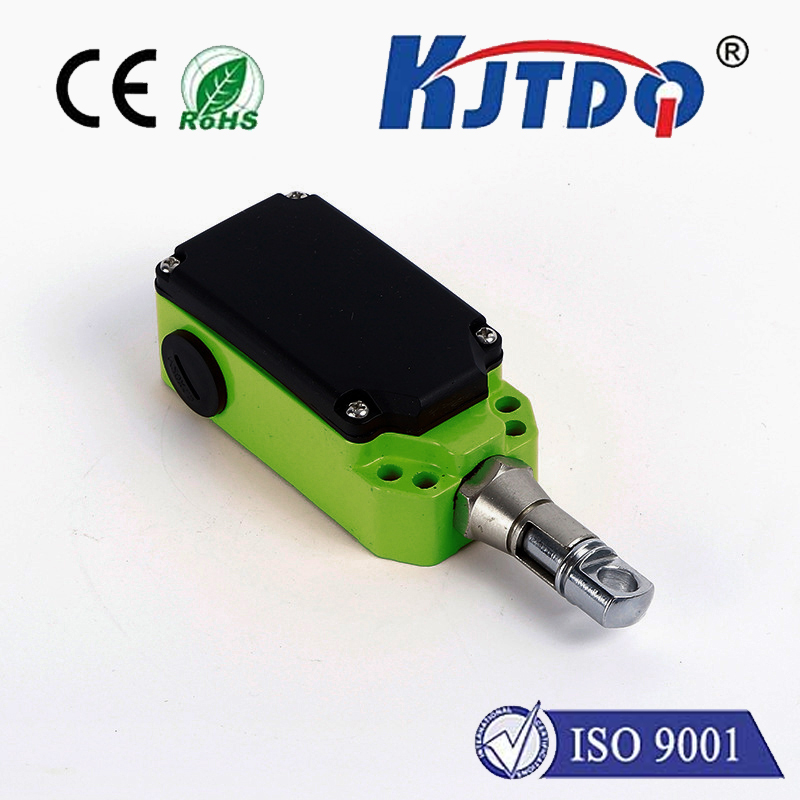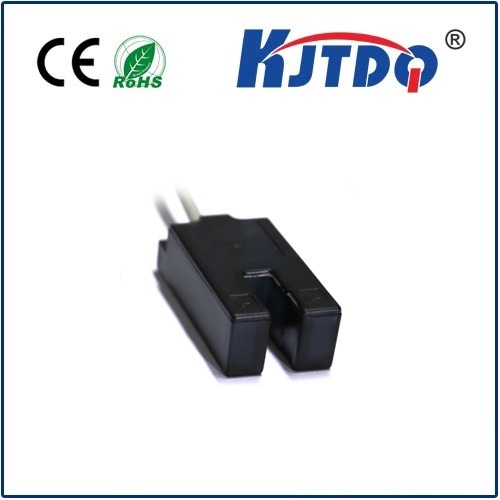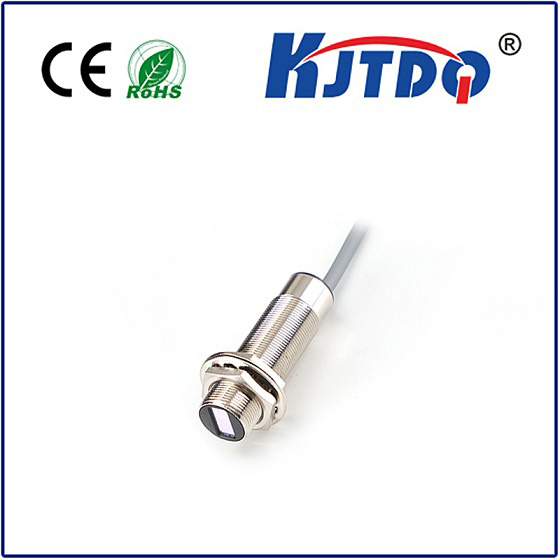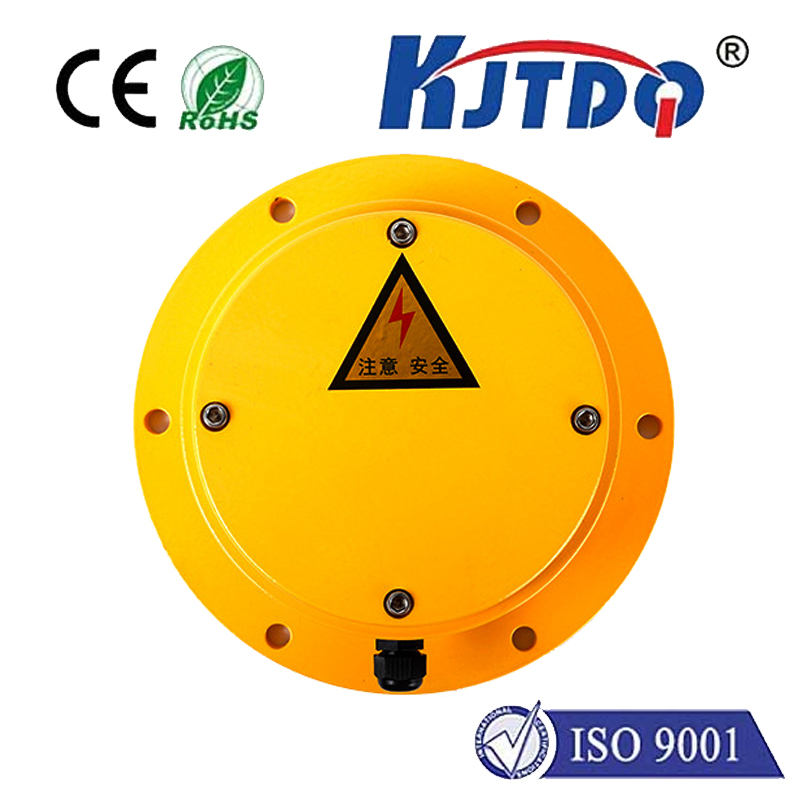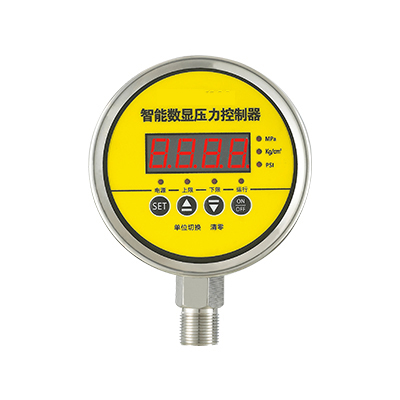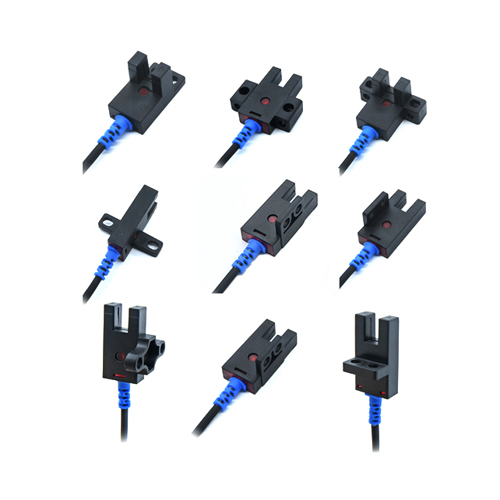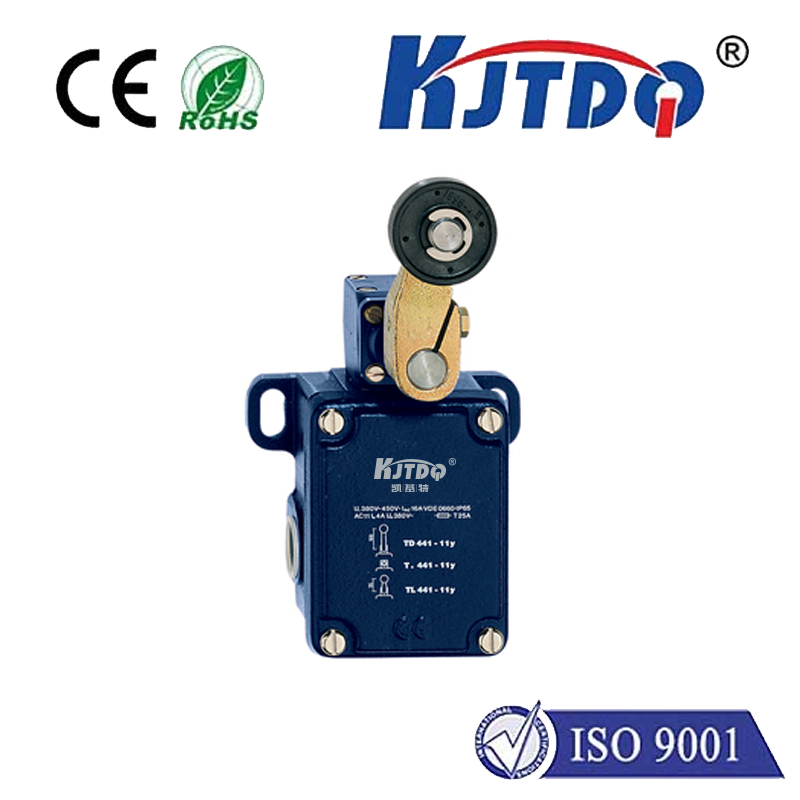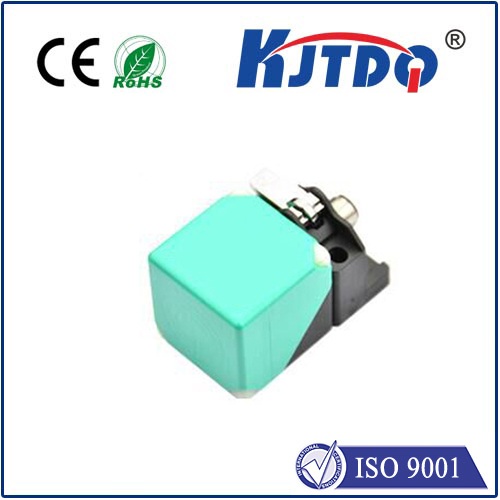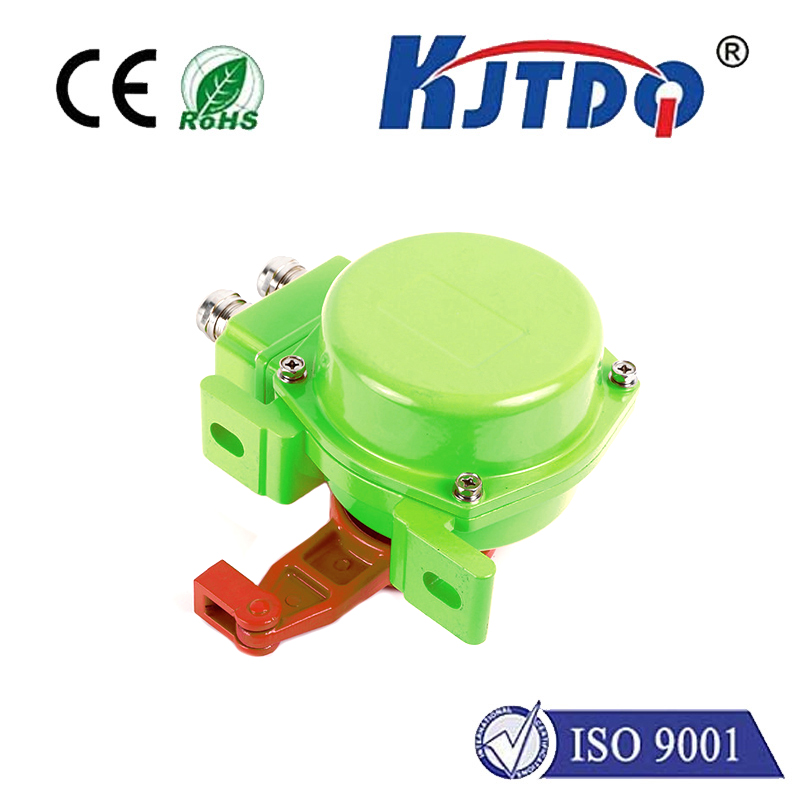

check

check

check

check

check

check

check

check

check

check
The Significance of Ball Limit Switches in Industrial Automation
In the world of industrial automation, every component plays a crucial role in ensuring that operations run smoothly and efficiently. One such component is the ball limit switch, which is often overlooked but serves as an essential tool for monitoring and controlling machinery movements. In this article, we will explore the significance of ball limit switches in industrial automation and how they contribute to the overall performance of automated systems.
Firstly, let us understand what a ball limit switch is. A ball limit switch is a type of sensor that detects the presence or absence of an object, typically a mechanical part or component, within its range. It consists of a small metal ball enclosed in a housing, which activates the switch when it makes contact with the object. This activation sends an electrical signal to the control system, indicating that the object has reached a certain position or limit.
Now that we have a basic understanding of what a ball limit switch is, let us delve into its significance in industrial automation. One of the main benefits of using ball limit switches is their ability to provide accurate positioning information. In many manufacturing processes, precise positioning of machines and components is critical to producing high-quality products. By using ball limit switches, manufacturers can ensure that their equipment operates within specified limits, reducing the risk of errors and defects.
Another advantage of ball limit switches is their reliability and durability. These switches are designed to withstand harsh environmental conditions, such as extreme temperatures, humidity, and vibration, making them ideal for use in industrial settings. Moreover, they require minimal maintenance and have a long lifespan, reducing downtime and maintenance costs for manufacturers.
Ball limit switches also play a crucial role in safety applications. They can be used to detect the presence of people or objects in hazardous areas, such as machine pits or conveyor belts, and trigger emergency stop mechanisms to prevent accidents. Additionally, they can be integrated into interlocking systems to ensure that machinery operates only when certain conditions are met, further enhancing safety measures in industrial environments.
Lastly, ball limit switches offer flexibility and ease of installation. They can be easily mounted on various surfaces and configured to suit specific applications. This adaptability allows manufacturers to customize their automation systems to meet changing production needs and optimize their workflows.
In conclusion, ball limit switches are integral components in industrial automation that provide accurate positioning information, reliability, durability, safety features, and flexibility. By incorporating these switches into their systems, manufacturers can improve the efficiency and effectiveness of their operations while ensuring the safety of their employees and equipment. As technology continues to advance, it is likely that ball limit switches will remain a vital part of industrial automation for years to come.
